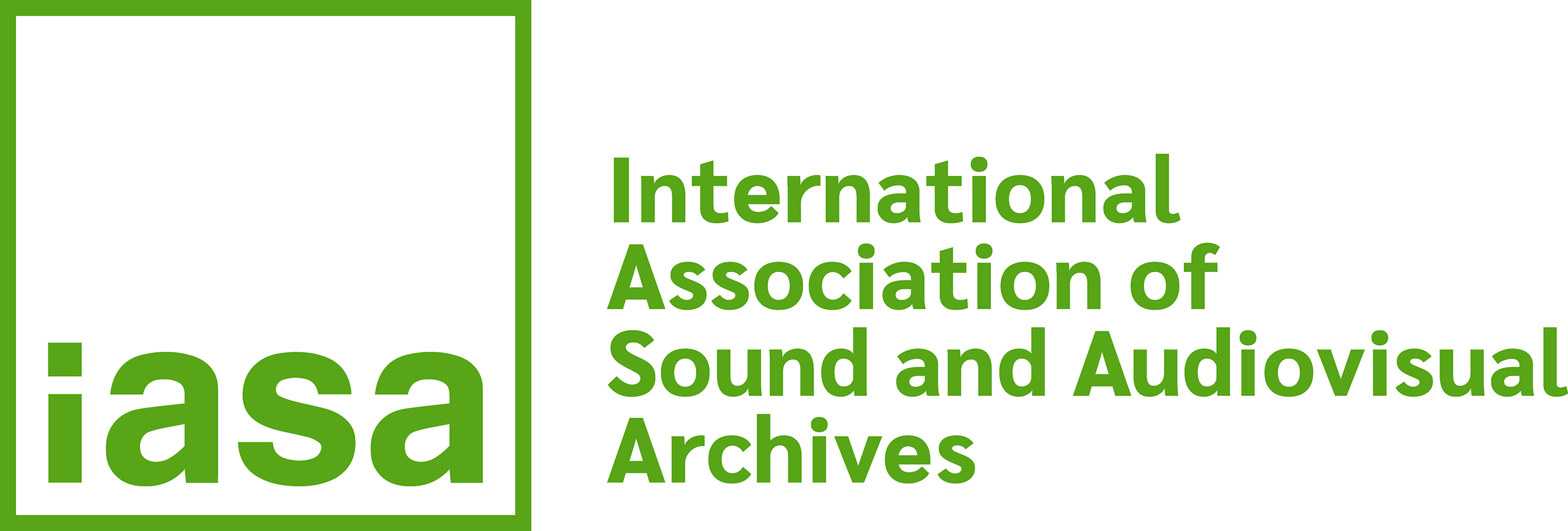8.0. Introduction
8.0.1. Definition and scope
Number is here either an internationally recognised number, e.g. International Standard Book Number (ISBN), International Standard Serial Number (ISSN), International Standard Recording Code (ISRC), or any other number that identifies an item uniquely.
Types of numbers recorded in this area, in addition to or instead of, international standard numbers are:
- catalogue number, allocated for marketing purposes by a record company, and usually, but not necessarily, unique. For documenting and cataloguing purposes, a catalogue number is usually preceded by the record label and a colon. Label and catalogue number information is particularly significant for published sound recordings, and should always be included in a catalogue record for these items.
- matrix number (or matrix and take number) allocated at the recording session by a record company to identify a side of a disc, and which appears on all disc formats through the production process for that recording. Matrix (and take) numbers are usually, but not necessarily, unique. Matrix (and take) numbers are particularly significant information for 78 rpm discs, and in these cases are especially useful in confirming identification of different performances of the same work by the same artist(s). Similarly a master tape number may be allocated by a record company for identification purposes during the production process. Note that sometimes the number on a master tape may be identical to the catalogue number on the published item.
- a number used by a broadcaster for identification purposes, such as production, library or series number. Do not confuse these numbers with episode numbers for broadcast series or serials or with catalogue numbers on published sound recordings.
- European Article Number. The European Article Number (EAN) is a unique number for special articles, not only phonogrammes. It is comparable to the Universal Product Code (UPC) in the USA, and is normally given as a bar code on the record sleeve or any other article's packaging or wrapping.
- Label Code. The Label Code (LC) was introduced in 1977 by the IFPI (International Federation of Phonogram and Videogram Industries) in order to unmistakably identify the different record labels (see Introduction, Record labels) for rights purposes. The Label Code consists historically of 4 figures, presently being extended to 5 figures, preceded by LC and a dash (e.g. LC-0193 = Electrola; LC-0233 = His Master's Voice). Note that the number of countries using the LC is limited, and that the code given on the item is not always accurate.
8.0.2. Order of information
The number that specifically identifies the item being described is given first (e.g. label and catalogue number). Other numbers (e.g. matrix numbers for more than one side of a disc described in a single catalogue record, catalogue number for additional formats of the same release of a published sound recording) are given next. Where these are different types of numbers, or numbers relating to different formats, give them as a repetition of the same area. 8.0.3. Other numbers This area does not generally apply to institution specific numbers such as shelf location, legal deposit, accession, registration, or consignment numbers. Such numbers form part of the information related to a particular copy of an item, rather than to all copies of the same item, and should be recorded in 10.B.1 and/or 10.B.8.1, if Chapter 10 is adopted. Alternatively, these types of internal numbers may be given in Area 8.
This area does not apply to episode numbers for series or serials. Instead this information is given in Area 6.
Numbers appearing in the item that relate to its bibliographic history (e.g. the label name and issue number of a previous issue of a sound recording) are not given in Area 8. When considered important, they may be given in 7.B.9.


